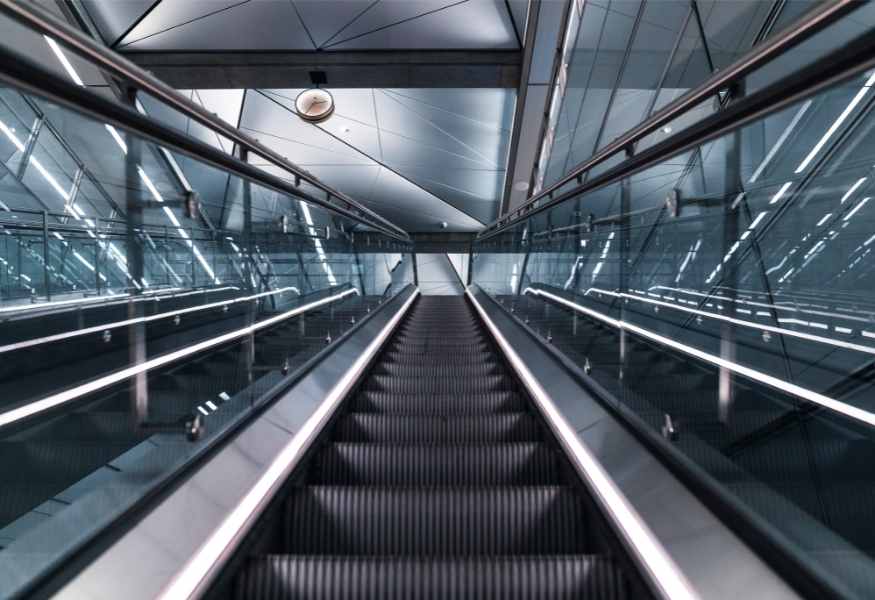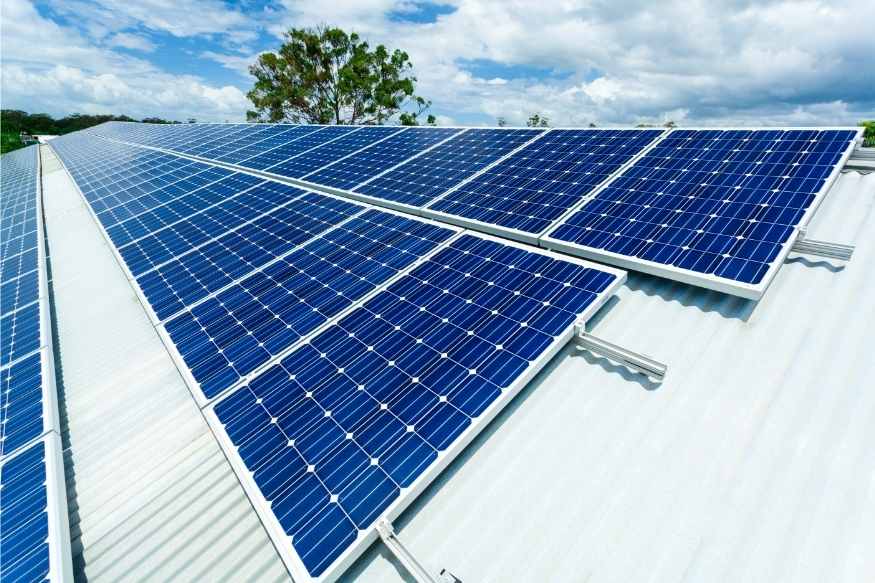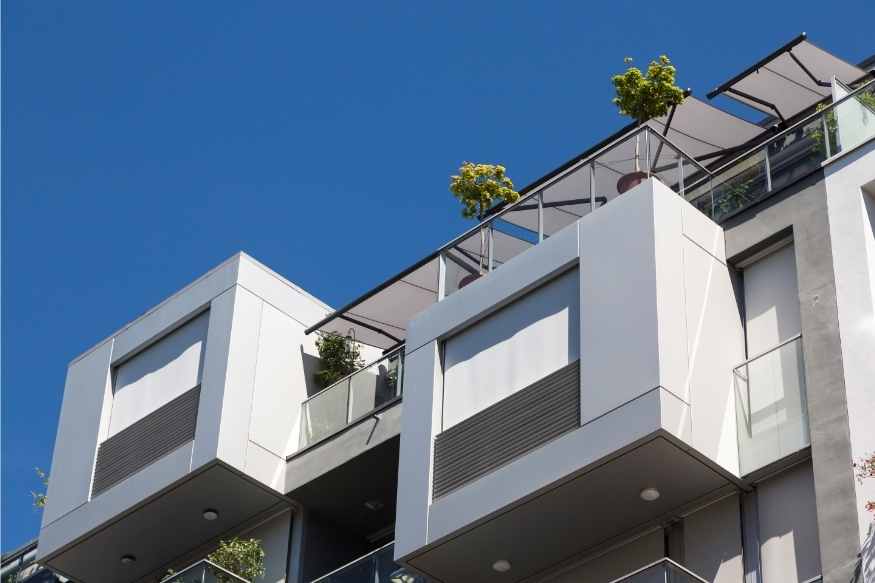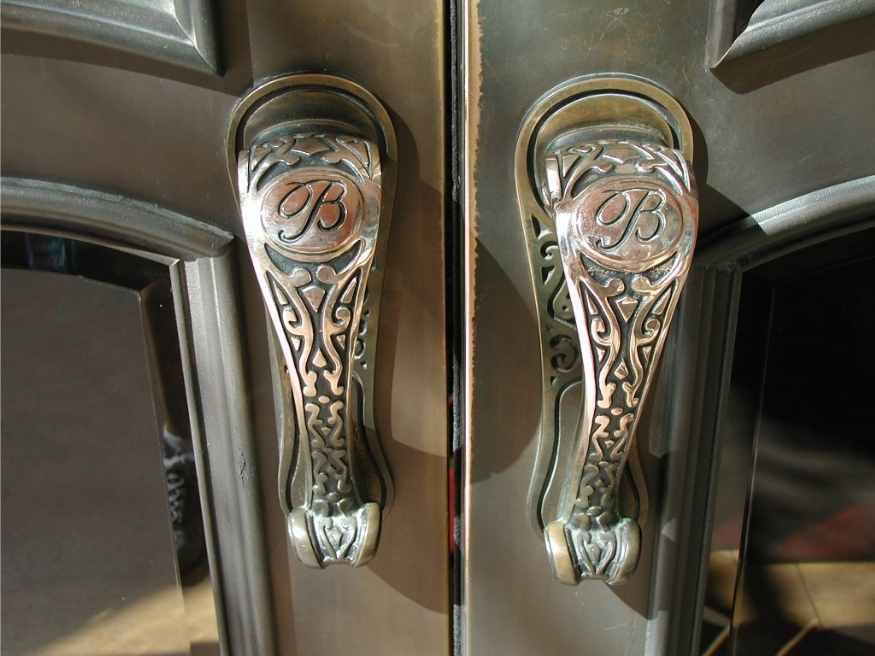Use of marine-grade materials in architectural projects
Here in New Zealand, we are extremely lucky to have around 15,000 km of coastline. Even at its widest part, that means you are never more than 225 kms from the coast, no matter where you find yourself in the country. That means that marine-grade materials are an extremely popular choice in architectural projects throughout New Zealand.
For most of us, this is a huge plus point. Being so close to the ocean, especially during the summer months, means long lazy days spent at the beach and enjoying the crystal-clear waters that surround New Zealand.
However, for some industries, being so close to the ocean causes some potential issues. The architectural industry is one such industry.
Salt and moisture from the ocean make long-lasting construction a challenge. The majority of coastal buildings need maintenance every few decades or, depending on the metal used in their construction, they may need to be completely replaced.
And while most metals are resistant to corrosion, they are not immune. Those that are immune to corrosion are typically luxury metals that carry big price tags.
As you move further inland, all metals survive longer thanks to lower levels of salt in the environment. It won’t save them from the rain and weather, but they stand a better chance. However, in New Zealand, with the furthest buildings being no more than 225 kms from the ocean, it pays to consider the long-term repercussions when choosing a suitable metal for exterior construction.
What are the best corrosion-resistant metals for exterior architecture?
There are a number of options when it comes to the best metals for exterior architecture. At SRS, we work with a wide range of metals as part of our general and marine fabrication projects. Each job we work on is bespoke and we select a metal we feel is most appropriate, both in terms of its ability to cope with the conditions and also the aesthetics, cost, and durability.
Here are four of the most common marine-grade materials we work with for exterior architecture:
1. Stainless Steel

Stainless steel is composed of carbon steel, aluminium, chromium, and other elements that combine to form a highly corrosion-resistant metal. Stainless steel is known for its distinctive polished silver mirror coating. It is lustrous, and brittle and does not tarnish in the air. The myriad of applications of stainless steel includes surgical instruments, cookware, appliances, metal ceramics, cabinet fittings and collectables but it is also becoming extremely popular for exterior architecture.
Of all the metals used in exterior architecture, stainless steel offers the best balance in terms of durability and cost-effectiveness. There are over 150 types of stainless steel, however, there are only three that are typically used in exterior architecture: 304, 316 and 430.
Grade 304 stainless steel is the most commonly used of the 300 series. Its alloy metals – 18% chromium and 8% nickel – give it extreme durability both physically and aesthetically.
However, it’s also one of the most expensive grades of stainless steel.
Grade 316 stainless steel contains the same amount of chromium as 304, but with a higher percentage of nickel plus 2-3% molybdenum. Molybdenum increases the metal’s resistance to salt, making it perfect for the most corrosive environments. At SRS, this is the metal used in marine applications, however, its applications go way beyond marine fabrication.
430 stainless steel is typically used for mild exterior conditions, or indoors where the weather gets tracked in (in a metal door frame casing, for instance). Similarly, escalators in shopping malls use 430 stainless to protect against slush and salt carried in by shoppers. It has a lower percentage of chromium (17%) and a higher percentage of carbon (0.12%), which makes it the cheapest and most popular option.
You can read more about the different grades of stainless steel in our recent blog. You can also find out some of the benefits of using stainless steel.
2. Galvanized steel

Another popular type of steel used in exterior architecture is galvanized steel. Of the four metals included in our list, galvanized steel is the least corrosion-resistant. It’s also much more about function than beauty. The reason it makes this list is due to its low cost and popularity (which are strongly linked).
Galvanized steel is carbon steel that is coated in liquid zinc. The zinc becomes the sacrificial anode and will corrode before the steel underneath, even if some of the steel is exposed (a phenomenon called preferential corrosion).
In terms of architecture, galvanized steel is probably way down the list of metals an architect would choose, especially with aesthetics in mind. It does, however, have more practical applications and is commonly found on guttering and pipework as well as being used to mount solar panels.
If you live right by the coast, galvanized steel is probably not the best option as it will likely only last 25 years before it needs replacing.
3. Aluminium

Another metal that leans more towards cost than durability in outdoor construction is aluminium. Whilst it is corrosion resistant and doesn’t rust, it is not a metal you can expect to last forever in outdoor situations, especially if you live in harsh environments, close to the ocean where a mixture of saltwater, rain and wind can deteriorate aluminium much faster.
Aluminium is pretty clever. It creates its own protective coating through a process called self-passivation. As aluminium oxidizes, it creates a protective layer around itself. Manufacturers can force this process via anodizing, which immediately strengthens the metal and leaves it with a polished finish.
Aluminium moulding trim for exterior use is most often shaped through extrusion. It is often used on the exterior framing of storefront doors and windows. You can read more about the processes we use at SRS in metal fabrication in our recent blog.
4. Copper, brass and bronze

Copper is a raw element and an impeccable conductor of electricity. It is tough, ductile, malleable, and resistant to corrosion in many atmospheres, which makes it useful in marine and industrial environments.
Brass is composed of copper and zinc. It is often used for nuts, bolts, pipe fitting, doorknobs, furniture trim, clock components and much more. Its acoustic properties make it an ideal alloy for casting musical instruments.
Bronze is an alloy consisting primarily of copper, commonly with about 12–12.5% tin and often with the addition of other metals (such as aluminium, manganese, nickel, or zinc) and sometimes non-metals or metalloids such as arsenic, phosphorus or silicon.
These red metals are much rarer and more luxurious than aluminium or stainless steel. They’re also incredibly durable; once they’ve oxidized, they’re completely immune to the elements.
Typically, these metals would be used in high-end architectural projects. The cost compared to stainless steel will likely be two to three times higher, however, you get what you pay for – a highly corrosion-resistant, weather-resistant, and durable finish which delivers a pleasing aesthetic. Requests for red metals often come for luxury hotels, banks, historical buildings, and restorations.
Check out a recent case study from a high-end balustrade installation using bronze.
The use of marine-grade materials including stainless steel in architectural projects
We are definitely starting to see a much bigger demand for the use of marine-grade materials such as stainless steel in architectural projects around the country. Whether the project is at sea, at home, or at the office, 316-grade stainless steel provides a long-lasting, low-maintenance, non-corrosive solution which works for everyone – people, animals, and plants alike.
The beauty of working with SRS is that we always choose the material that is the best fit for your specific project. No two jobs are the same and our expert team of fabricators work closely with architects to ensure the best possible fit in terms of the metals that we recommend.
Talk to the team today about your needs and we can talk to you about the best marine-grade materials for your architectural project.
